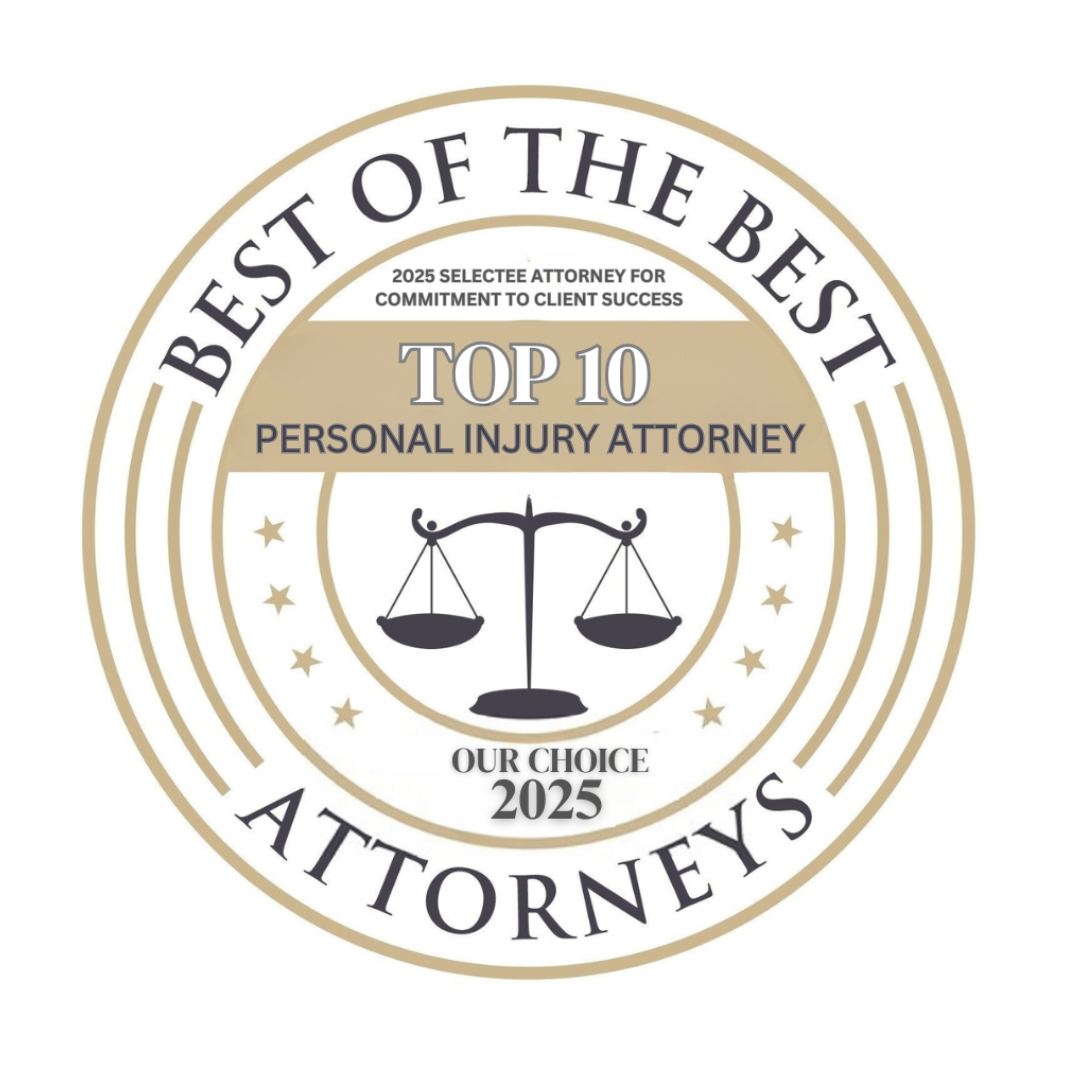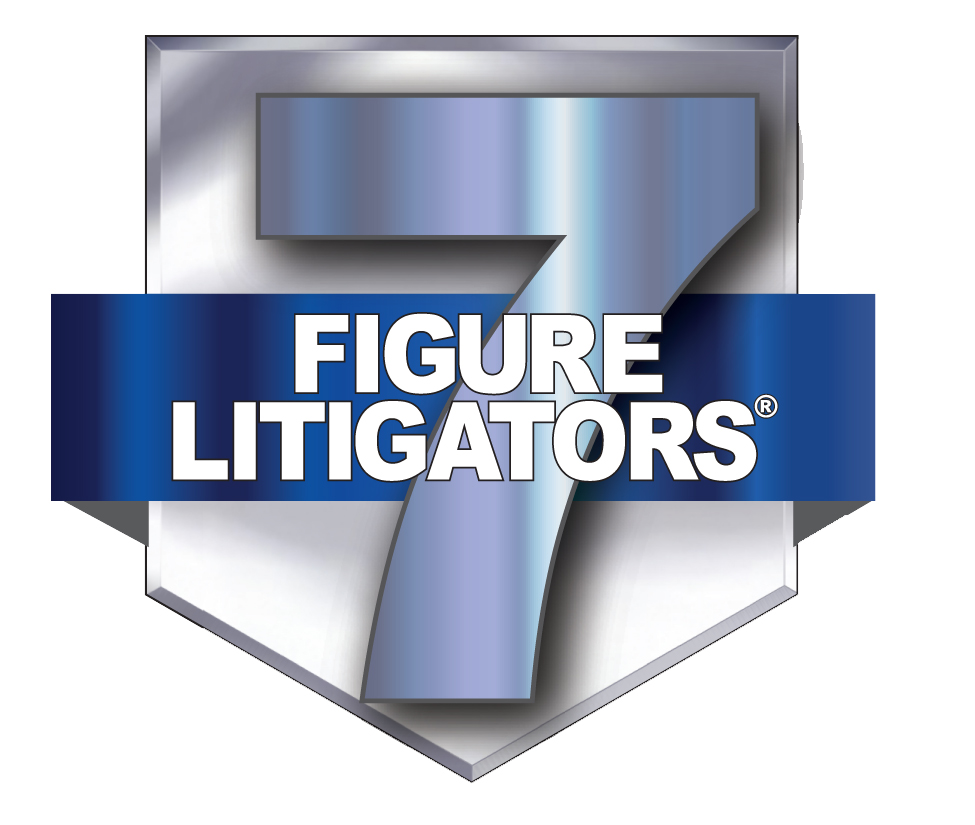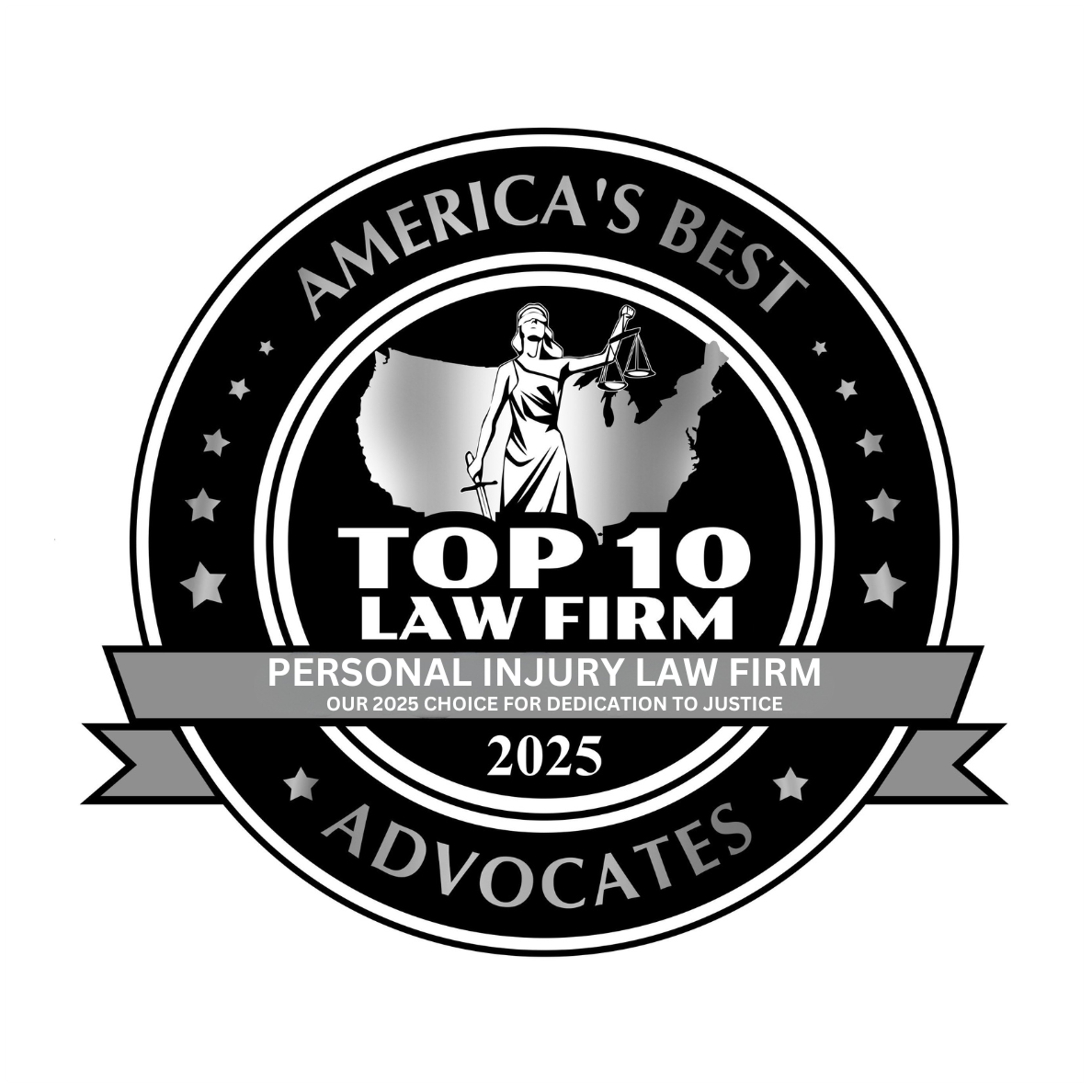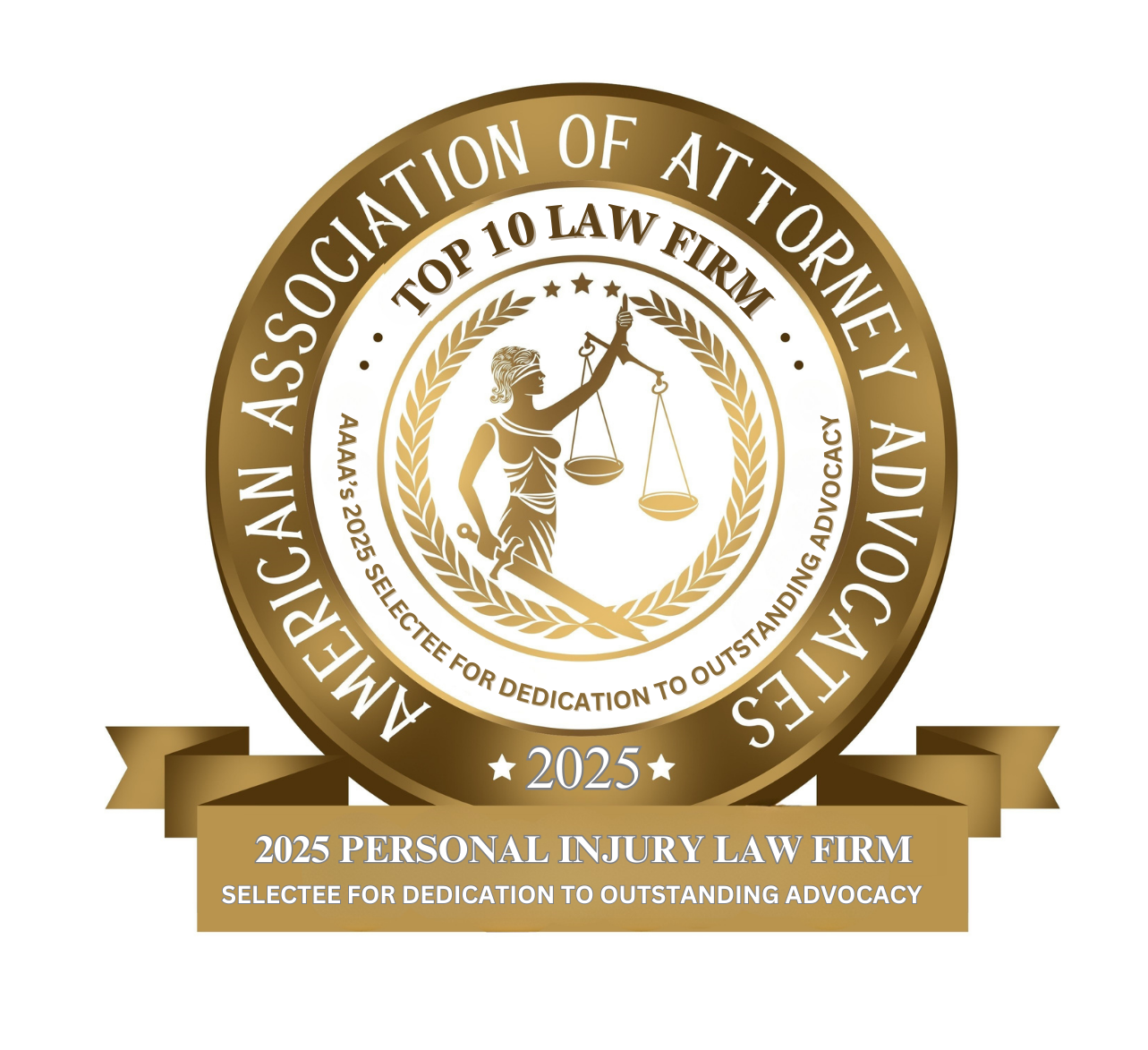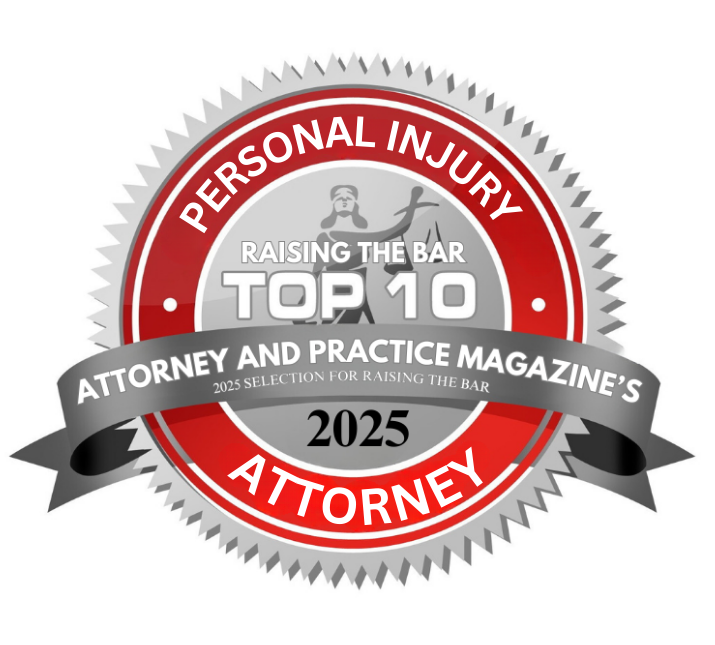Life-Threatening Injuries in Illinois Nursing Homes
Top-Rated Attorneys for Nursing Home Residents Who Suffer Bedsores, Falls, and Severe Infections
Life-threatening injuries in nursing homes are a grave and sadly common problem that affects thousands of Illinois families every year. When a loved one is admitted to a long-term care facility, families reasonably expect professional care, safety, and dignity, not catastrophic harm from falls, pressure ulcers, infections, or abuse.
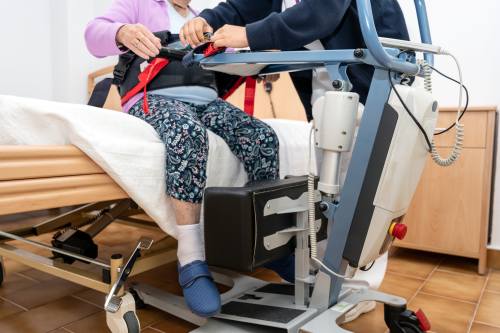
At John J. Malm & Associates, we understand how devastating it is when a loved one suffers a life-threatening injury in a nursing home. Families entrust these facilities to provide safe, compassionate care, and when that trust is broken, the consequences can be catastrophic. For over 25 years, our attorneys have represented families across Illinois in cases involving nursing home neglect, abuse, and serious injuries. We combine deep knowledge of Illinois personal injury law with a compassionate approach to guide families through complex medical and legal processes, ensuring that negligent facilities are held accountable and victims receive the compensation and justice they deserve.
“No family should have to watch a loved one suffer in a place that’s supposed to be safe. When life-threatening injuries occur in a nursing home, it’s often the result of preventable mistakes or neglect. Our firm is dedicated to investigating every detail, holding those responsible accountable, and giving families the answers and support they need to protect their loved ones.” — John J. Malm, Naperville elder abuse attorney
How Common are Life-Threatening Injuries in Nursing Homes?
The CDC reports that older adults are at high risk of serious injuries from falls, pressure ulcers (bedsores), infections, and neglect. Nationally, more than one in four adults age 65 and older falls each year, and falls are the leading cause of injury among older adults. Many of those falls occur in long-term care settings and frequently lead to hospitalization, head trauma, spinal injury, or death. In addition, federal reviews and audits show substantial underreporting of major-injury falls and pressure ulcers by nursing homes, meaning official counts likely understate the true toll.
In Illinois, more than 700 facilities are licensed as nursing homes, and hundreds of other long-term care locations serve residents with complex medical needs. The Illinois Department of Public Health (IDPH) monitors inspections, posts quarterly violator reports, and publishes a Long-Term Care Annual Report that documents deficiencies, enforcement actions, and trends affecting resident safety. These state records, together with federal CMS quality data, are essential to understanding how often life-threatening events occur and which facilities have recurring safety problems.
What Counts as a Life-Threatening Injury in a Nursing Home?
Life-threatening injuries in this setting include events and conditions that either directly threaten life or substantially increase the risk of death or permanent disability. Common examples are:
- Major injurious falls leading to traumatic brain injury (TBI), skull fractures, spinal cord injury, internal bleeding, or long hospitalizations.
- Unstageable or stage 3–4 pressure ulcers (bedsores) that become infected, cause sepsis, or lead to prolonged debility.
- Severe infections such as aspiration pneumonia, bloodstream infections (sepsis), or uncontrolled UTIs that progress rapidly in frail elders.
- Medication errors that cause major organ failure, respiratory depression, or life-threatening arrhythmias.
- Unaddressed dehydration or malnutrition causing organ failure or delirium with dangerous outcomes.
- Violent assaults or severe physical abuse leading to head trauma, internal injuries, or death.
- Failure to respond to medical emergencies (for example, delaying transfer to an emergency department for stroke or chest pain).
Each of these conditions can be directly life-threatening or can trigger cascades (infections, immobility, delirium) that rapidly worsen a resident’s prognosis.
Why Do Life-Threatening Injuries Happen in Nursing Homes?
There is no single cause of life-threatening injuries in nursing homes. Instead, these injuries usually reflect a combination of systemic, facility-level, and individual failures:
- Insufficient staffing levels or undertrained staff who cannot provide timely repositioning, supervision, or monitoring.
- Poor care planning and failure to follow individualized risk-reduction plans (fall precautions, pressure-relief schedules, dietary needs).
- Inadequate infection control and failure to recognize early signs of sepsis or aspiration.
- Medication management errors (wrong dose, wrong drug, failure to monitor interactions).
- Communication breakdowns during shift changes, transfers, or with outside clinicians.
- Failure to perform basic nursing tasks (turning immobile residents, checking skin, assisting with hydration).
- Poor facility design or unsafe environments (uneven floors, poor lighting, lack of grab bars).
- Financial pressures and workforce shortages that reduce the time staff can spend with each resident.
These factors appear in federal and state inspections and in academic reviews of nursing-home safety. They are also cited in audits showing that many serious events are not reported accurately in resident assessments.
Common Scenarios That Lead to Life-Threatening Harm
- Undetected or unprevented falls: A resident who has gait instability is not given a bed alarm or supervised during transfers, falls and sustains a subdural hematoma.
- Untreated pressure ulcers: A resident left in one position too long develops a deep pressure ulcer that becomes infected and leads to sepsis.
- Medication mistakes: A wrong opioid dose causes respiratory depression and cardiac arrest.
- Aspiration pneumonia: A resident with swallowing difficulty is fed thin liquids instead of thickened fluids and aspirates, rapidly developing respiratory failure.
- Neglect of basic needs: Chronic dehydration and malnutrition impair healing and immune function, contributing to infections and organ failure.
- Violence or abuse: A physically aggressive incident results in head trauma or death.
In many of these situations, a reasonably competent care team following protocols would have prevented the injury or ensured timely transfer to emergency care.
The Human and Economic Consequences of Severe Nursing Home Injuries
Life-threatening injuries in nursing homes carry both tragic human costs and large economic impacts:
- Health consequences: survivors of major falls and sepsis often experience long hospital stays, surgery, permanent disability, increased dependence, and accelerated cognitive decline. Many never regain their prior level of functioning.
- Emotional and family impacts: families face grief, trauma, and the stress of surrogate decision-making and care transitions.
- Economic costs: hospitalization, rehabilitation, skilled nursing re-admissions, and ongoing care can total tens or hundreds of thousands of dollars per event. National analyses show substantial aggregate costs from preventable nursing home injuries.
- System costs: repeated serious injuries at the same facility increase regulatory scrutiny, insurance premiums, and turnover among skilled staff, which can further harm quality.
Because older adults often have multiple comorbidities, a single life-threatening event can set off a decline that leads to permanent institutionalization or death.
Illinois Regulatory Landscape and Oversight
Illinois relies on both federal and state systems to monitor nursing home quality:
- CMS (Centers for Medicare & Medicaid Services) requires facilities to report quality measures and resident assessment data to the Minimum Data Set (MDS), and posts facility profiles and quality measures on Care Compare. CMS also conducts recertification surveys and enforces federal nursing-home regulations.
- Illinois Department of Public Health (IDPH) licenses and inspects nursing homes, publishes quarterly lists of serious violators, and issues enforcement actions under state law. The IDPH Long-Term Care Annual Report provides facility counts, staffing data, and enforcement trends across the state.
- Federal oversight reports have documented that a substantial share of major-injury falls and pressure ulcers are not fully reported in resident assessments, which undermines public oversight and quality improvement efforts. The HHS Office of Inspector General (OIG) found meaningful underreporting nationally, highlighting the need for stronger monitoring.
Together, these systems create avenues for accountability, but they depend on accurate reporting, timely inspections, and adequate enforcement.
Legal Pathways to Justice in Illinois
- Regulatory enforcement: IDPH may issue citations, fines, or enforcement actions based on inspections and complaints. Public reports may list repeat offenders.
- Workers’ and facility liability: Families can pursue civil claims for negligence, neglect, or wrongful death when care failures cause serious harm. These claims can seek compensation for medical bills, pain and suffering, funeral expenses, and punitive damages when the conduct is egregious.
- Criminal charges: In rare but severe cases involving assault or intentional harm, criminal charges may be filed by prosecutors.
- CMS remedies: Persistent noncompliance can lead to civil monetary penalties and termination from Medicare/Medicaid programs.
Because timelines and legal standards vary, families should consult counsel promptly to protect claims and learn the options available.
What Families Should Do If a Loved One Suffers a Life-Threatening Injury in an Illinois Nursing Home
- Get immediate medical treatment. Ensure the resident receives emergency care and advocate for transfer to an appropriate hospital if needed.
- Document everything. Ask for medical records, incident reports, nurse notes, and photographs of injuries and the environment.
- Preserve evidence. Keep clothing, assistive devices, and any relevant medical equipment.
- Notify the facility in writing. Send a written request for all incident records and follow up if the records are delayed.
- Request an administrative review. Ask for a care-plan meeting and a written explanation of the facility’s response.
- Report to regulators. File a complaint with IDPH and consider contacting CMS via the Care Compare complaint portal.
- Talk to an experienced Illinois nursing home negligence attorney. If negligence, neglect, or abuse is suspected, an attorney can advise about preserving evidence, navigating wrongful death or personal injury claims, and pursuing administrative remedies.
Acting quickly matters: records are easier to obtain immediately after an event, and witnesses’ memories fade over time.
Frequently Asked Questions about Life-Threatening Nursing Home Injuries
Q: How often do major-injury falls and pressure ulcers occur in nursing homes?
A: Exact counts vary, but national data show falls are common among older adults and are a leading cause of hospitalization. Recent federal audits indicate substantial underreporting of major-injury falls and pressure ulcers by nursing homes, so official numbers likely understate the real incidence.
Q: Can I get copies of my loved one’s nursing-home records?
A: Yes. Families and legal representatives have rights to medical records and incident reports. Ask the facility in writing and, if necessary, seek legal help to compel production.
Q: What is the IDPH’s role if my family files a complaint?
A: IDPH investigates complaints, conducts inspections, and can impose sanctions or require corrective action when facilities violate state standards. IDPH also posts violator reports and publishes annual data on long-term care.
Q: Are nursing-home injuries preventable?
A: Yes. Many life-threatening injuries are preventable through adequate staffing, training, protocols for falls and skin care, infection control, and prompt response to clinical deterioration.
Contact the Dedicated Illinois Nursing Home Abuse and Neglect Lawyers at John J. Malm & Associates
Life-threatening injuries in nursing homes are a preventable public-health and legal problem. The data and oversight reports show that falls, pressure ulcers, infections, and neglect continue to claim health and lives, and that underreporting means families may not get an accurate picture of risk. If your loved one has suffered a life-threatening injury in an Illinois nursing home, time is critical.
At John J. Malm & Associates, we help families navigate the legal and medical challenges that follow such devastating incidents. Our Illinois nursing home abuse attorneys thoroughly investigate every aspect of the injury, from staffing failures and unsafe conditions to medication errors and neglect, to identify all responsible parties and pursue the maximum compensation available. We are committed to standing by families, providing guidance, and fighting for justice. Contact our office today for a free, confidential consultation and take the first step toward holding negligent nursing homes accountable and securing protection for your loved one’s future.






